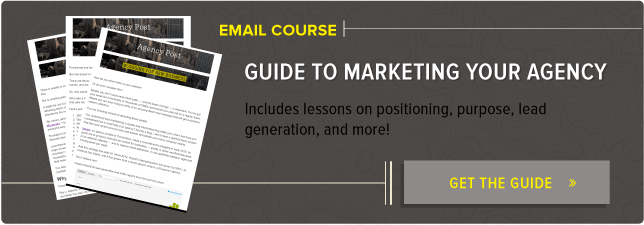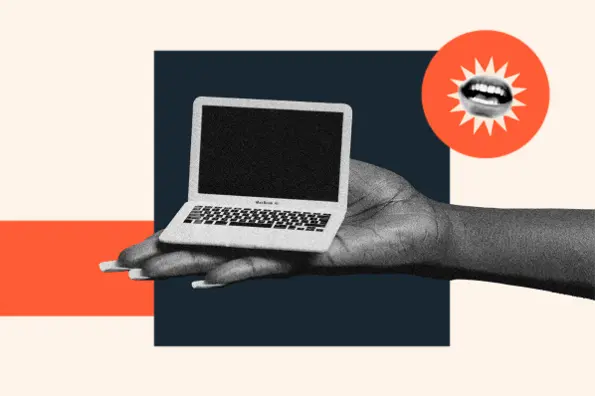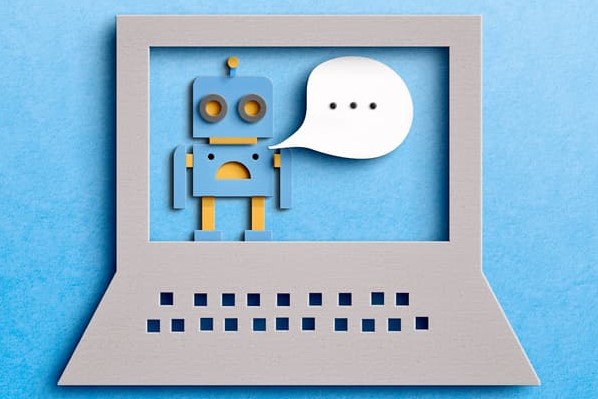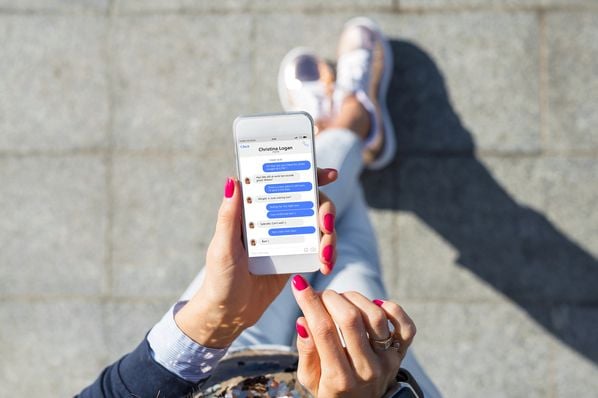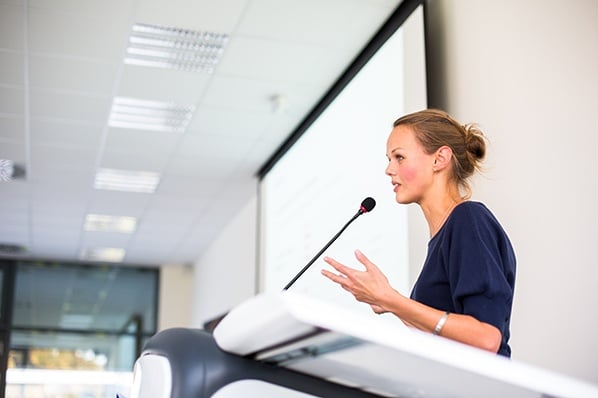Sixteen years ago, I was the founder and CEO of ActiveBuddy, the first commercial bot -- or chatbot -- company. Our uber human natural language bot SmarterChild grew to having over 20 million users across the AOL and Microsoft Instant Messaging networks.
There is a very good chance that you had one of our bots in your Buddy List.
SmarterChild proved that people liked having a conversation with a smart, opinionated computer. ActiveBuddy also built bots for commercial clients including Radiohead, Intel, Keebler, Microsoft, Comcast and Austin Powers.
We had a great run. But, we were way too early and eventually sold our technology to Microsoft.
Marketing Agencies and Bots
The good news for savvy marketing agencies is that due to advances in natural language processing, A.I. and the ubiquity of messaging platforms -- including Facebook Messenger, WhatsApp, Telegram and Slack -- bots are back and have become one of today's most hyped marketing platforms.
The pitch to marketers that ActiveBuddy used in 2001 -- "Now, your brand can have an active 1:1 conversation with a customer" -- is a daily fact of life in 2016.
I think that there are three key reasons that agencies should consider getting into the bot space:
First, bots and related hot startup activity in the A.I. space are, well, hot. Here is a quote from the always-prescient research firm L2's discussion of winners and losers:
"Loser: social apps. Looking at the most popular words startups use to describe themselves when trying to raise money, it appears that 'app' and 'social' have given way to 'artificial intelligence' and 'machine learning."
The second reason that you should consider entering the bot space is that bots are more like traditional advertising than apps ever were. Bots are a conversational platform. Because of this, agencies have the right skill sets for bot development. You know how to write, create compelling content and can build out a conversational interface.
Apps are about technology and programming. Bots are about your understanding of human and consumer communications. Thanks to Facebook, you can use their API without the need for your own high-test programmers.
Finally, your agency's being able to talk about bots and their future in marketing is an excellent new business strategy. In a world where there are simply too many agencies, having something new to say is a wonderful thing. Large marketers like Mondelez, H&M, Unilever and Sephora have already paid attention to this new category. Like lemmings, many more potential clients are following in their footsteps.
You should note that your competitor agencies -- ranging from digital RG/A to creative CPB -- are already in the bot game.
OK, one more big reason to consider bots: Large-scale messaging platforms including Microsoft's Bot Framework and Facebook have embraced and are promoting bots. Do I have to say more?
Bots Are Not Easy
It is still early, but that is just fine. Getting in early is a good thing.
VentureBeat, one of the leading bot cheerleaders, recently ran a poll that indicated that consumers are not yet enamored with bots (note: despite my company’s past success, this is still a very new platform).
"Less than 14 percent (of consumers) will gravitate toward the chatbot as their primary choice when it comes to connecting with brands. Mobile websites score slightly higher, but the majority of users still cite apps as their primary choice."
"That’s likely because the chatbot experience, right now, is lacking when it comes to engagement, user experience, and understanding the customer journey," said Stewart Rogers, the director of marketing technology at VentureBeat. "We’re very early in the evolution of conversation user interfaces, and while it is clear that the vast majority of consumers use messaging apps -- and consider them necessary -- the bots themselves leave a lot to be desired."
I am not surprised. The key takeaway that my team took from our ActiveBuddy and SmarterChild experience was that bots had to have a compelling personality to grab the attention and repeat usage of their human buddies.
A user had to want to talk with the bot. In addition to proving instant responses and information, our SmarterChild had personality in spades -- just Google "SmarterChild conversations" to see what I mean. We had to make a human-type connection to succeed.
Remember, the great advantage of bots is their conversational interface. Not having a personality that a user will want to connect with will deliver certain failure. As I mentioned earlier, marketing communications agencies are perfectly positioned to create these new, highly communicative brand ambassadors.
Last point: bots are supported by databases. Your bots have to recognize past conversations and, without being creepy, need to be able to remember all the history of your special "bot relationship."


